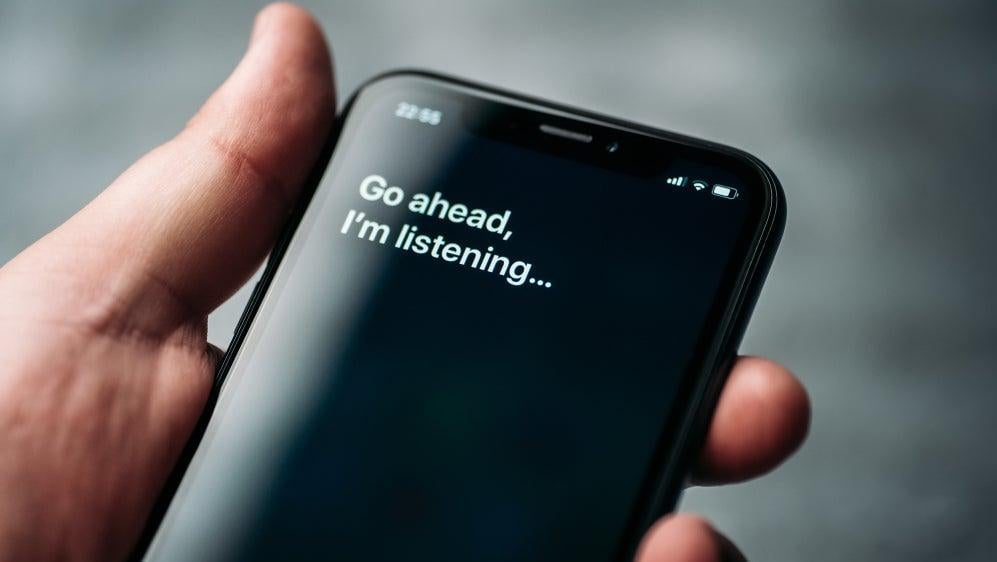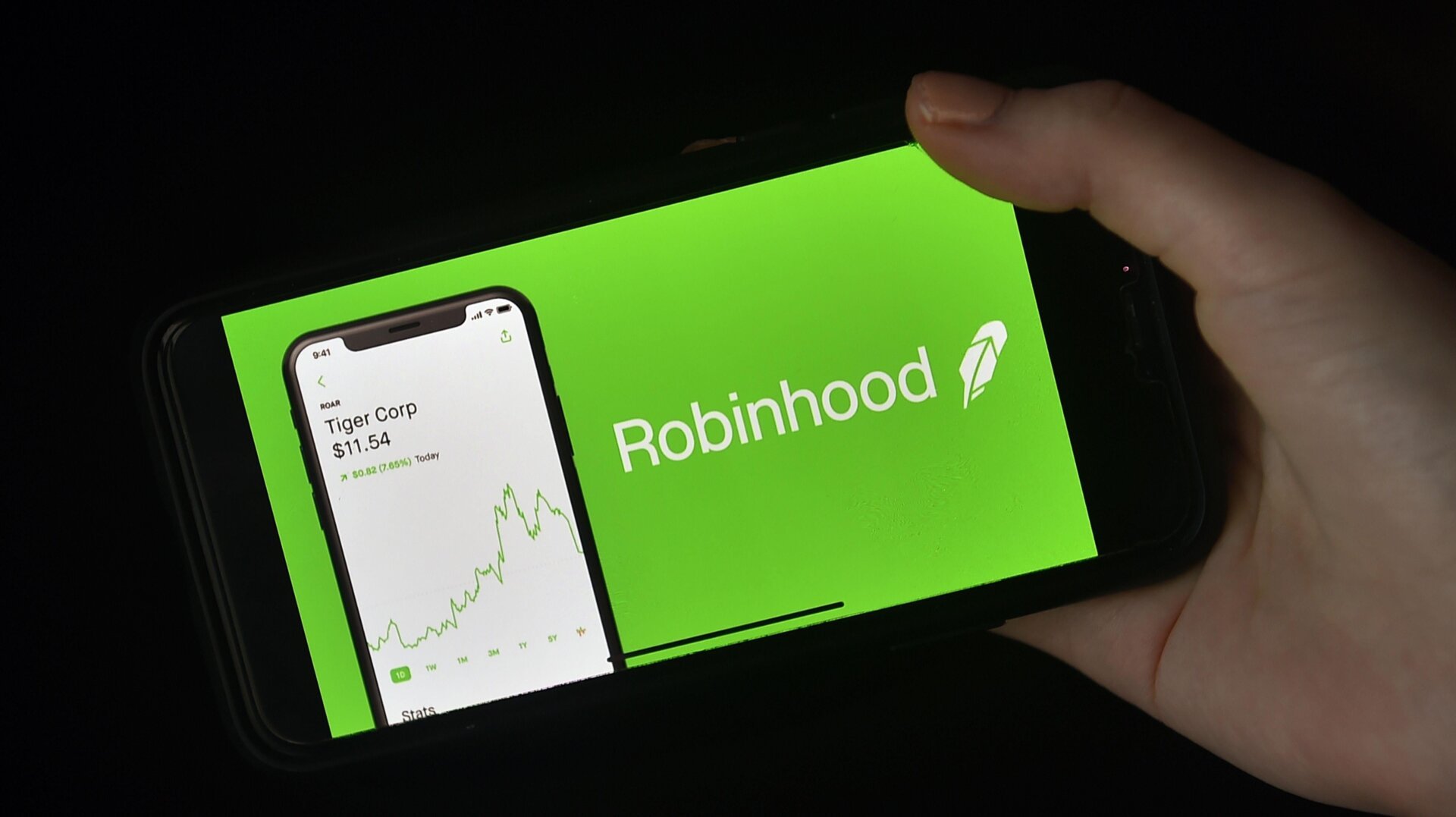AI Assistants Are Just Alexa All Over Again

Hundreds of billions of dollars have been poured into the development of artificial intelligence models and the infrastructure needed to support them, all with the promise that AI will eventually take over everything. But in the average person’s day-to-day life, AI has yet to serve as much more than a slightly smarter Siri. According to new data collected by polling firm YouGov, even though companies have made a big to-do about infusing smart assistants with AI brains, people have barely changed how they interact with the tools.
YouGov asked people how they interact with their smart assistants like Amazon’s Alexa (upgraded to the AI-powered Alexa+ earlier this year), Google’s Assistant (recently turned into a more conversational assistant with the help of Google’s Gemini AI), and Apple’s Siri (still dumb, but they’re working on it) now that they’ve gotten their AI upgrade. The answer: they give the assistants the most basic of tasks and not much else.
According to the survey, 59% of people use their smart assistant to check the weather, 51% use it to play music, 47% ask it to look up answers to questions, and 40% use it to set alarms and timers. Notably, these are all things that these devices could functionally do more than a decade ago when they first started making their way onto our phones and into our homes via smart speakers.
As for the more advanced features that companies would absolutely love for users to adopt, the real-world interest still isn’t there. Just 19% of people use their AI assistant to control internet-connected devices in their home (RIP to the Internet of Things). Less than one in 10 people interact with third-party actions like Alexa Skills, which was supposed to be like an app store for smart speakers, but never caught on.
Much to the dismay of the corporate overlords who provide these assistants, only 14% of people do any shopping through their AI helper. AI assistant-supported shopping has been projected to be a $30 billion industry in the next decade. It’s off to a rough start, reasonably enough!
So the question for the tech companies that insist AI companions are still the way, there’s a big, looming question: Why don’t these things stick? The biggest hurdle is one that you’d think smarter features may address, but simply hasn’t put a dent in: 42% of people simply don’t see the need to use a smart assistant.
Among those who do use them, though, there’s still an issue of a communication barrier between human and machine. More than one in four said their biggest challenge in using a smart assistant is the AI not understanding their request. Another 12% said the assistants have accuracy issues, and 10% said the tools just are “not as smart as I expected.” To that end, the most desired feature of smart assistants is not the ability to hold a conversation or complete multi-step tasks; it’s to better understand speech. Seems like a simple ask, but much like the smart assistants they make, it also seems like one that tech companies just can’t understand.









